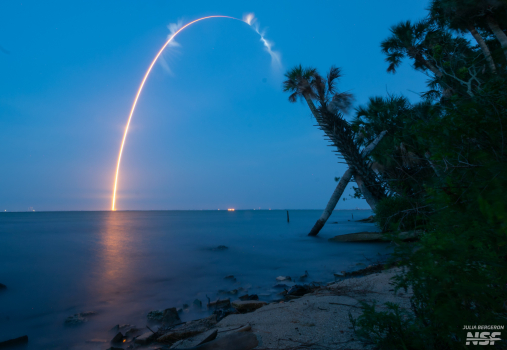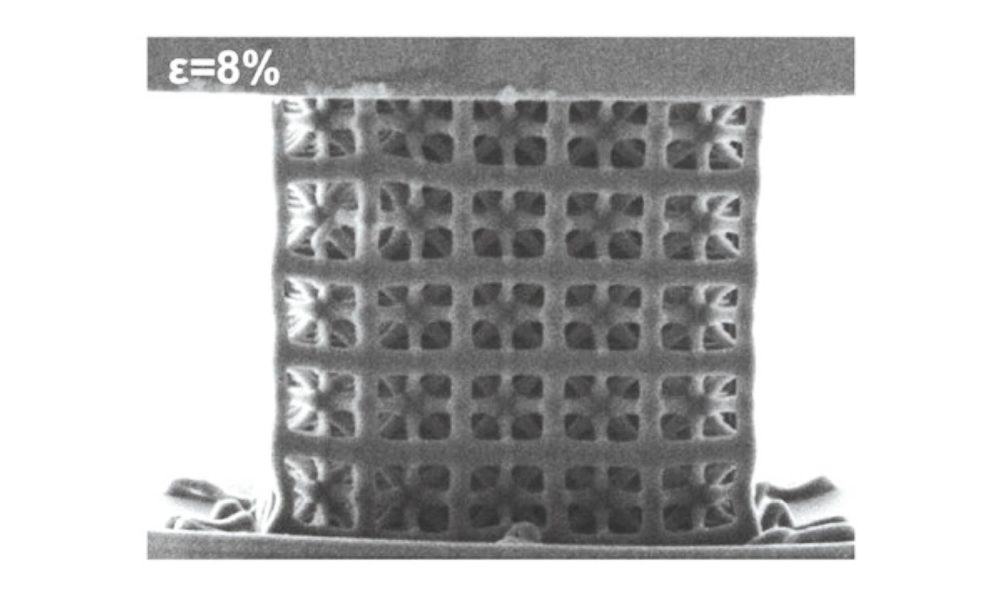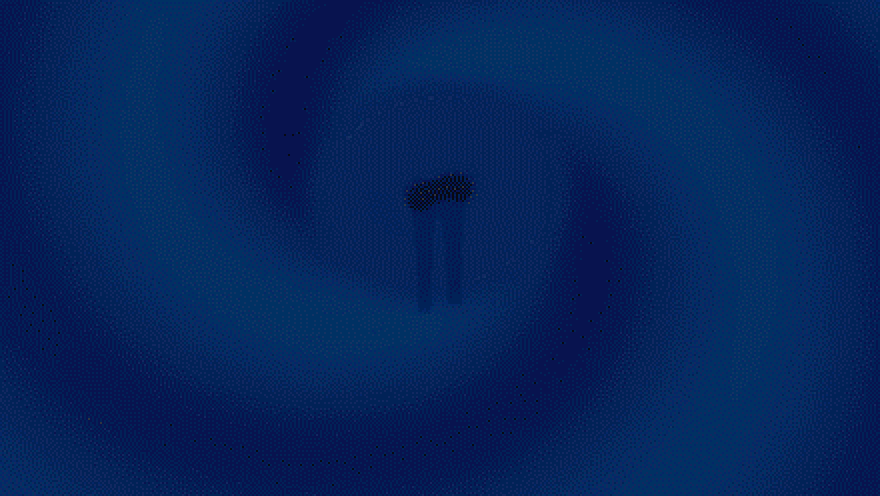Launch Roundup: Starlink and CZ-8A launches planned; Falcon booster to land in Bahamas – NASASpaceflight.com

February 10, 2025February 3, 2025January 27, 2025January 26, 2025February 10, 2025January 22, 2025January 6, 2025December 31, 2024January 21, 2025December 31, 2024December 31, 2024December 27, 2024January 27, 2025December 31, 2024December 30, 2024December 23, 2024January 27, 2025January 14, 2025January 13, 2025December 31, 2024February 3, 2025December 31, 2024December 27, 2024December 23, 2024February 10, 2025February 9, 2025February 3, 2025January 31, 2025February 9, 2025January 31, 2025January 21, 2025January 5, 2025May 18, 2024December 3, 2023April 26, 2023March 28, 2023January 15, 2025December 4, 2024September 12, 2024August 13, 2024February 10, 2025February 3, 2025January 27, 2025January 26, 2025February 10, 2025January 22, 2025January 6, 2025December 31, 2024January 21, 2025December 31, 2024December 31, 2024December 27, 2024January 27, 2025December 31, 2024December 30, 2024December 23, 2024January 27, 2025January 14, 2025January 13, 2025December 31, 2024February 3, 2025December 31, 2024December 27, 2024December 23, 2024February 10, 2025February 9, 2025February 3, 2025January 31, 2025February 9, 2025January 31, 2025January 21, 2025January 5, 2025May 18, 2024December 3, 2023April 26, 2023March 28, 2023January 15, 2025December 4, 2024September 12, 2024August 13, 2024February 10, 2025February 3, 2025January 27, 2025January 26, 2025February 10, 2025January 22, 2025January 6, 2025December 31, 2024January 21, 2025December 31, 2024December 31, 2024December 27, 2024January 27, 2025December 31, 2024December 30, 2024December 23, 2024January 27, 2025January 14, 2025January 13, 2025December 31, 2024February 3, 2025December 31, 2024December 27, 2024December 23, 2024February 10, 2025February 9, 2025February 3, 2025January 31, 2025February 9, 2025January 31, 2025January 21, 2025January 5, 2025May 18, 2024December 3, 2023April 26, 2023March 28, 2023January 15, 2025December 4, 2024September 12, 2024August 13, 2024China conducted the debut flight of an upgraded version of the Chang Zheng 8 medium-lift rocket this week. Three Starlink launches from Florida are currently planned, with flights on Feb. 11, Feb. 14, and Feb. 17.All three Starlink flights are planned to fly from the Cape Canaveral Space Force Station, so Falcon’s launch schedule for the week will depend on the smooth turnaround of Space Launch Complex 40 between flights. The Starlink constellation is critical to SpaceX’s cash flow, so a fast launch cadence is being maintained.As of Feb. 1, 2025, 6,957 operational Starlink satellites are in orbit, including 426 Direct-to-Cell satellites, out of the 7,843 total satellites launched (including the Tintin prototypes from 2018). China is starting to deploy its megaconstellation, and the CZ-8 family appears to be a key method of getting this constellation to orbit. Rendering of the CZ-8A rocket to launch this week. (Credit: CCTV)CASC Chang Zheng 8A | Unknown PayloadThe Chang Zheng 8A (CZ-8A), an upgraded version of the Chang Zheng 8 (CZ-8) with a more powerful second stage, made its debut flight from Launch Complex 201 (LC-201) at the Wenchang Space Launch Site on Hainan Island off the southern Chinese coast. Launch occurred on Tuesday, Feb. 11, at 09:35 UTC, with the rocket taking a southeast trajectory for insertion into low-Earth orbit (LEO). The launch window extended until 10:12 UTC.The payload for this flight is currently unknown, but the CZ-8A, able to use a larger fairing than the CZ-8, can carry up to 8,100 kg to LEO or 7,000 kg to a 700 km Sun-synchronous orbit. The CZ-8A’s second stage is equipped with a pair of new YF-75H engines derived from the type used on the Chang Zheng 5, and these engines use liquid hydrogen and liquid oxygen as propellants. The core stage and boosters use kerosene and liquid oxygen as propellants, unlike the older Chang Zheng-series rockets derived from ICBMs that use storable and highly toxic hypergolic propellants. Due to Wenchang’s location on the coast of Hainan Island, the CZ-8A and other newer rockets that use this launch site are disposed in the ocean rather than dropped on land near inhabited areas.The CZ-8A Y1 rocket being loaded onto a ship for transportation to Wenchang. (Credit: CALT)Though initially expended, the CZ-8 series will eventually be partially reusable. Future CZ-8 first stages are being designed to land as a single unit, with the boosters still attached to the core. The original CZ-8 has launched with and without boosters attached to its core.This flight is the first of the CZ-8 family in 2025, and it will be the first launch from Wenchang this year. As an example of the family’s capability, a CZ-8 launched the Queqiao-2 lunar-orbiting communications relay satellite along with the Tiandu-1 and Tiandu-2 test satellites to the Moon on March 20, 2024. The CZ-8A will add additional lift capability to the family of rockets that made its debut in 2020.A view of a stack of Starlink satellites including a Starlink Direct To Cell satellite at the top. The deployable antenna and its hinge can clearly be seen in this image. (Credit: SpaceX)Falcon 9 | Starlink Group 12-18The first Falcon 9 and Starlink launch of the week lifted off on tuesday, Feb. 11, from Space Launch Complex 40 (SLC-40) at the Cape Canaveral Space Force Station (CCSFS). Falcon 9 launched at 1:53 PM EST (18:53 UTC), and the flight took the usual southeast track for Starlink launches.The launch was just less than 72 hours after the Starlink 12-9 launch on Saturday, Feb. 8, from the same pad. The launch window extended until 4:00 PM EST (21:00 UTC). The flight carried 21 Starlink satellites, 13 of which are Direct-to-Cell and eight of which are normal Starlink v2 Mini satellites.The booster, B1077, landed on the Just Read the Instructions droneship out in the Atlantic after a successful 18th flight. The second stage and Starlink satellites were also placed into an initial parking orbit of 284 km by 293 km altitude, at an inclination of 43 degrees.This flight was the 19th Falcon 9 launch of 2025 and the sixth Falcon 9 launch of this month. SpaceX is planning to beat last year’s record launch cadence of 132 Falcon 9 and 134 Falcon family launches, with a possible target of up to 180 flights.Falcon 9 | Starlink Group 12-8The next launch of the week is not scheduled until Friday, Feb. 14. This schedule will be determined by how quickly SpaceX can turnaround SLC-40, as Launch Complex 39A (LC-39A) on the Kennedy Space Center grounds is being prepared for the PRIME-1 lunar landing mission on Feb. 26.The launch of the Starlink Group 12-8 mission from SLC-40 is scheduled for 12:26 PM EST (17:26 UTC) at the beginning of a four-hour window ending at 4:26 PM EST (21:26 UTC). The booster, which is currently unknown, will fly a southeast trajectory and is set to land on the A Shortfall of Gravitas droneship. Like other Group 12 launches, this flight will loft a mix of Starlink v2 Mini and Direct-to-Cell satellites to LEO.If the schedule holds, this flight will be the 20th Falcon 9 launch of 2025 and the seventh Falcon 9 launch of the month.Bahamian delegates visiting SpaceX facilities in Florida. The Bahamian flag being held flew into space in March 2024 aboard a Falcon 9 booster. (Credit: SpaceX)Falcon 9 | Starlink Group 10-12The final flight of the week will be the Starlink Group 10-12 mission. Launch is scheduled for Monday, Feb. 17, at 6:00 PM EST (23:00 UTC) at the start of a four-hour window ending at 10:00 PM EST (03:00 UTC Tuesday, Feb. 18).The booster, B1080-16, will take a southeast trajectory out of the Cape but with a difference. Due to the booster’s planned landing location, it will conduct a flip burn to orient itself to the necessary flight path. This flip burn will take place after stage separation but before fairing separation on the second stage.The droneship that B1080 will land on, Just Read the Instructions, will be stationed within the territory of the Bahamas close to the nation’s islands, not out in the open sea. For this flight, the droneship will be stationed around 35 km from the town of Freetown and around 45 km from the larger town of Rock Sound.Hazard zone for the landing of B1080-16. (Credit: NGA)This location will allow for new orbital trajectories for Falcon 9 launches from Florida, and Bahamas operations were authorized after negotiations with the nation’s leaders. As part of the negotiations, SpaceX will enable Starlink connectivity for schools and first responders. The nation will also have an exhibit showcasing SpaceX hardware, including its spacesuit.B1080-16 started its career with the Axiom-2 private crewed mission to the ISS. Before this flight, the booster also flew the Euclid Telescope, the Axiom-3 private crewed flight to the ISS, CRS-30, Astra 1P/SES-24, NG-21, and nine Starlink missions.There will be 23 Starlink v2 Mini satellites on this flight. This flight’s schedule will depend on a quick turnaround of SLC-40 and Just Read the Instructions after its Starlink 12-18 recovery duties. If everything goes as planned, this flight will be the 21st Falcon 9 mission of 2025 and the eighth Falcon 9 launch of the month. (Lead image: Falcon 9 launches out of the Cape. Credit: Julia Bergeron for NSF)©2005-2023 – NASASpaceflight.comFebruary 10, 2025February 3, 2025January 27, 2025January 26, 2025February 10, 2025January 22, 2025January 6, 2025December 31, 2024January 21, 2025December 31, 2024December 31, 2024December 27, 2024January 27, 2025December 31, 2024December 30, 2024December 23, 2024January 27, 2025January 14, 2025January 13, 2025December 31, 2024February 3, 2025December 31, 2024December 27, 2024December 23, 2024February 10, 2025February 9, 2025February 3, 2025January 31, 2025February 9, 2025January 31, 2025January 21, 2025January 5, 2025May 18, 2024December 3, 2023April 26, 2023March 28, 2023January 15, 2025December 4, 2024September 12, 2024August 13, 2024
Source: https://www.nasaspaceflight.com/2025/02/launch-roundup-021025/






